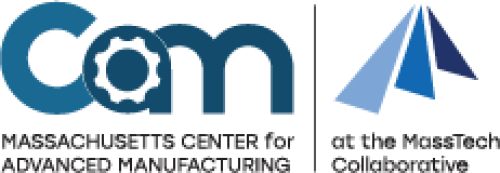Browse this listing of resources from training opportunities, to grant funding, and tools.
UMass Lowell Flexible Electronics Capabilities
The University of Massachusetts Lowell (UML) is the second largest public University in Massachusetts, located in Lowell, MA. The University includes state-of-the-art flexible and printed electronics equipment housed in more than 70,000 sf shared research, development, and prototyping facilities. The University is staffed with more than 600 full-time faculty, over 18,300 graduate and undergraduate students, and research staff and postdocs. UMass Lowell also has a vibrant co-op program which allows for 6-month, semester, and summer opportunities. More than half of its students are in STEM fields. UMass Lowell also has a well-established Core Research Facilities program that provides access to equipment with technical staff support; more than 200 companies are CRF users.
